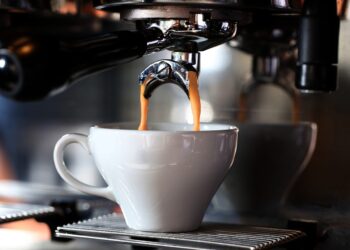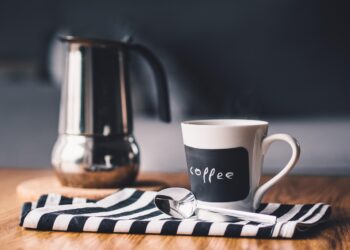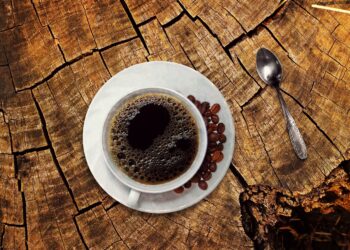Essentials of Coffee Brewing Techniques
In the world of coffee, brewing techniques are as varied and diverse as the beans themselves. From the robust espresso to the gentle pour over, understanding different coffee brewing methods can enhance both your enjoyment and appreciation of coffee. This guide will navigate through the essentials of coffee brewing, answering common questions, and providing tips to help you master each technique.
Understanding Coffee Beans and Grounds
Before diving into brewing techniques, it’s crucial to discuss the coffee itself. The type of bean, its roast, and the grind size are foundational factors that affect the taste and quality of your brew. Arabica and Robusta are the two main species of coffee, with Arabica being more widespread, offering a wider range of flavors and a higher acidity. Roasts can vary from light to dark, each imparting different strengths and notes to the brew. Lastly, the grind size can affect the extraction process, with finer grinds typically used for quicker extraction methods like espresso, and coarser grinds suited for slower methods like French press.
1. Espresso
What is it? Espresso is a concentrated coffee brew extracted under high pressure from finely ground coffee beans. It’s the base for many popular drinks like lattes and cappuccinos.
How to Brew: To brew an espresso, you’ll need an espresso machine or a stovetop espresso maker. Fill the machine’s basket with finely ground coffee, tamping down firmly to create resistance against the hot water. This high-pressure water extraction process results in a rich, bold, and aromatic coffee.
2. French Press
What is it? The French press is a full immersion brewing method which produces a rich and full-bodied coffee.
How to Brew: Add coarsely ground coffee to the carafe and top with hot water. Stir gently, then place the lid with the plunger pulled up, allowing the coffee to steep for about four minutes. Slowly press the plunger down to separate the grounds from the brewed coffee.
3. Pour Over
What is it? Pour over is a method that gives the brewer complete control over the brewing process, producing a clean and flavorful cup of coffee.
How to Brew: Place a filter in the dripper and add medium-fine coffee grounds. Start with a small amount of hot water to allow for blooming (release of coffee gases), then continue pouring slowly in a circular motion, maintaining a steady flow for even extraction.
4. Aeropress
What is it? The Aeropress is a relatively new method that combines the pressure of an espresso with the timing of a French press. It’s known for its speed and versatility, producing a smooth and rich brew.
How to Brew: Insert a filter in the cap of the Aeropress and add finely ground coffee. Pour in hot water and stir. Insert the plunger and press down gently but firmly until all the coffee has been extracted.
5. Cold Brew
What is it? Cold brew is made by steeping coarsely ground coffee in cold water for an extended period, usually 12 to 24 hours, to produce a smooth and sweet flavor profile.
How to Brew: Combine coffee grounds and cold water in a jar or pitcher, cover it, and let it steep in your refrigerator. Strain the mixture through a fine mesh sieve or coffee filter. Serve over ice or diluted with water or milk.
Tips for Perfect Coffee Every Time
- Water Temperature: Aim for 195°F to 205°F for optimal extraction. Too hot, and you risk burning the coffee; too cold, and you may under-extract.
- Quality of Water: Use filtered water if possible. Impurities in water can affect the final taste of your brew.
- Proportion: Generally, a good starting point is one to two tablespoons of coffee per six ounces of water but adjust to taste.
- Freshness: Coffee is best used within two weeks of roasting and should be stored in a cool, dry place in an airtight container.
Common Questions Answered
What is the best coffee brewing method?
There isn’t a “best” method; it’s about preference. If you prefer a stronger, more robust cup, espresso might be for you. For a smooth, clean taste, try pour over.
How important is the grind size?
Very important. The grind size should match the brewing method to ensure proper extraction. A mismatch can result in a bitter or weak cup.
Can I reuse coffee grounds?
Reusing coffee grounds can lead to over-extracted and bitter coffee. It’s recommended to use fresh grounds for each brew.
Exploring different coffee brewing techniques can lead to new and exciting flavors, helping you to understand and appreciate the complexities of coffee even more. So why not try a new method today and see which one becomes your new favorite?





